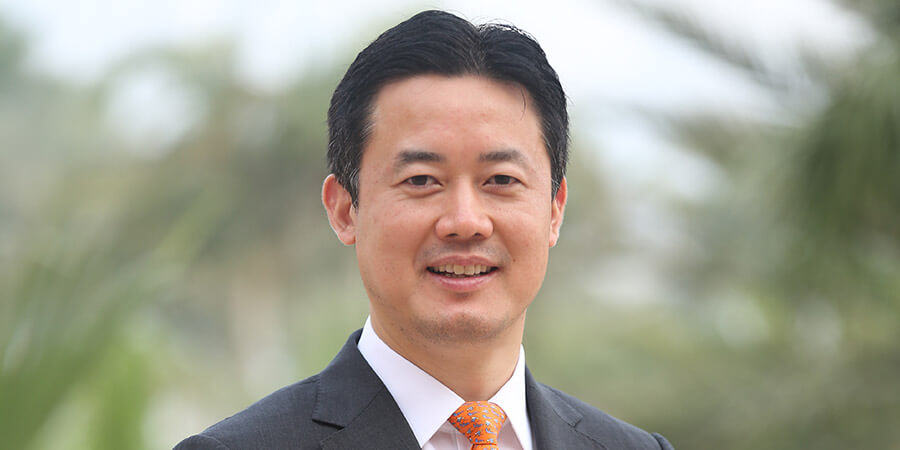No one can deny the fast-paced digital transformation in the Middle East; countries in the region are rapidly putting strategies into place to accommodate their digitalization agendas. Within the next 12 years, the revenue investments in artificial intelligence are expected to reach $15 trillion and would contribute nearly AED 1.15 trillion to the GCC region's economic development.
To cope with market demands and keep an edge against competitors, organizations are shifting to the cloud and adopting AI and machine learning to enhance their performance, and become smarter in the way they conduct their operations. All this requires a reliable, cost-effective and agile ICT infrastructure. This perhaps is the defining line between success and failure of a business or an economy in today's world. This is where mission-critical servers and collaboration with partners come into play.
For years, organizations had to use RISC CPU and UNIX based mission critical servers with very high CAPEX and O&M costs that hinder service innovation, and fail to meet the openness strategic development requirements for the future. This cannot go on. Organizations need robust and innovative hardware solutions built on an open platform that can accommodate the necessary power, capacity and agility to meet today's ICT requirements, with the capacity to accommodate future expansion plans in a cost-effective manner.
Huawei and its partners are on an ongoing mission to develop an open platform to maximize the utilization of mission-critical servers and its resource pool, while minimizing O&M costs.
As an example, Huawei in partnership with SUSE, a multinational, open-source software company that develops and sells Linux products to business customers, have been spearheading the x86 mission critical server technologies since 2012.
Through our partnership, Huawei released the KunLun server, based on the x86 open ecosystem. This mission critical server can elastically scale-up to 32 Intel Xeon E7 CPUs, delivers industry-leading high performance, as well as the high accessibility and reliability. SUSE collaborated with us in the Reliability, Availability, and Serviceability (RAS) 2.0 features of the KunLun servers to optimize the hot-swap technology for CPUs and memory in addition to support the unique features of Huawei hardware within the kernel of the SUSE operating system.
This complements Huawei's always-on service technology and SUSE 'zero downtime' technology, which ensures our clients are always online and connected without any service disruption. This collaboration surpasses both the baseline x86 and old UNIX architectures in the mission critical servers domain.
The expertise of both companies are a perfect example in the mission-critical server domain, they are well positioned to combine their technical expertise to present better innovative solutions to customers. The continued collaboration in R&D will ensure that customers are using the latest solutions that will keep them in the forefront of the digital transformation era.
At Huawei, we have been advocating open ecosystem and collaboration with all partners to drive more cutting-edge products and solutions into the market, which ultimately benefits all parties whether a private or public entity in their digital transformation, and provide solutions tailored to ensure their business continuity while ensuring readiness for future expansion.
By Charles Yang, president, Huawei Middle East











